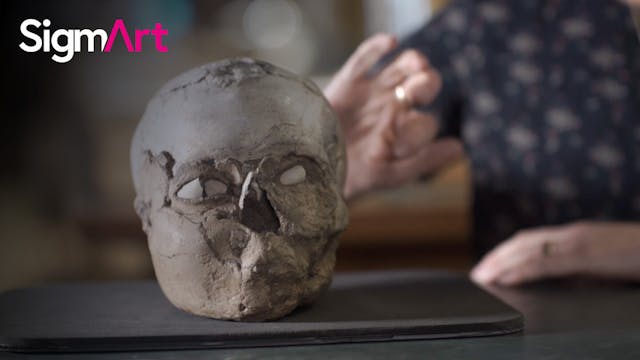The ASTROLABE to verify times, dates and zodiac signs
British Museum Collection
•
6m 16s
Curator William Greenwood talks us through the different parts of an astrolabe and how to use it.
Knowledge of the skies, now called astronomy, was an important aspect of Islamic culture from earliest times. Scientists and thinkers in the Islamic world built on Babylonian, Greek, Indian and pre-Islamic Arabian sources translated into Arabic to make huge advances in the study of the heavens. Astronomy today is the scientific study of celestial objects and phenomena – stars, planets, the moon, comets, and eclipses. Muslim astronomers, driven by such needs as determining prayer times and the direction of Mecca, developed and refined scientific instruments to cater to these requirements, including the astrolabe.
An astrolabe is made up of four key elements – rete, plates, mater, and alidade. The rete sits at the front of the device, acting as a map of the heavens with each pointer picking out a particular star. This can be rotated to reflect what the user sees in the sky – a particular star, or the sun, for example. An astrolabe will normally have several plates held within it, which can be swapped depending on how far north or south the user is. The rete and plates sit inside the mater, the back of which is engraved to verify times, dates, signs of the zodiac and other information. This is done using the alidade, a kind of ruler on the back of the astrolabe which is used to work out information.
Cast: William Greenwood (Curator)
Up Next in British Museum Collection
-
How To Make Big CELTIC METAL NECK RINGS
Being Curator of the European Iron Age at the British Museum is a tough job, especially when you’re honing your blacksmithing skills. Julia Farley explains the processes behind making a Celtic torc (or big metal neck ring), and reveals how one of the most beautiful aspects of these objects might ...
-
The OLDEST PORTRAIT in the British Mu...
Over many years, Curator Alexandra Fletcher has formed a particularly strong bond with one of the…older people in the British Museum. In fact, she was one of the first to see his face in over 9,500 years. The Jericho Skull is arguably the oldest portrait in the British Museum – a human skull from...
-
IDRIMI the earliest political autobio...
Idrimi was a refugee who fled Aleppo in Syria about 3,500 years ago – the same Aleppo so often in the news today.
Later, as a much older man, Idrimi had this statue made of himself, with his life story written across the front, literally from head to foot. This extraordinary story is inscribed ...



